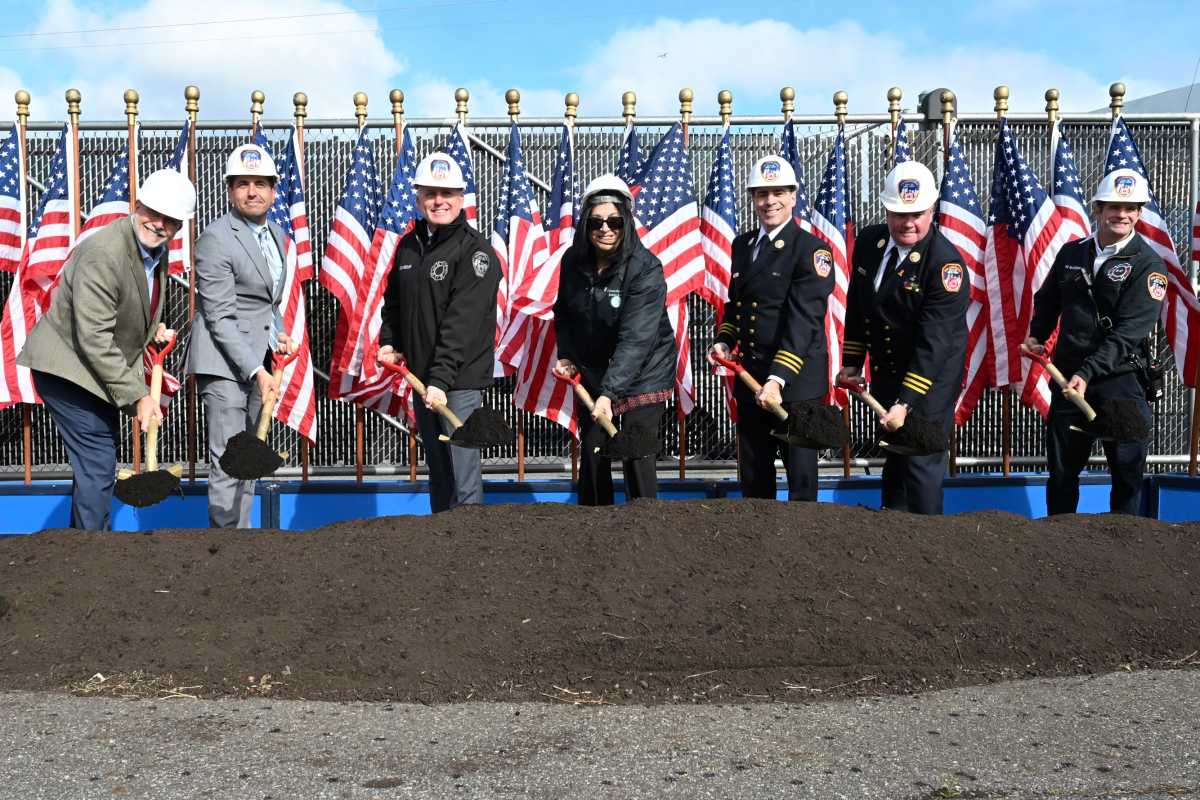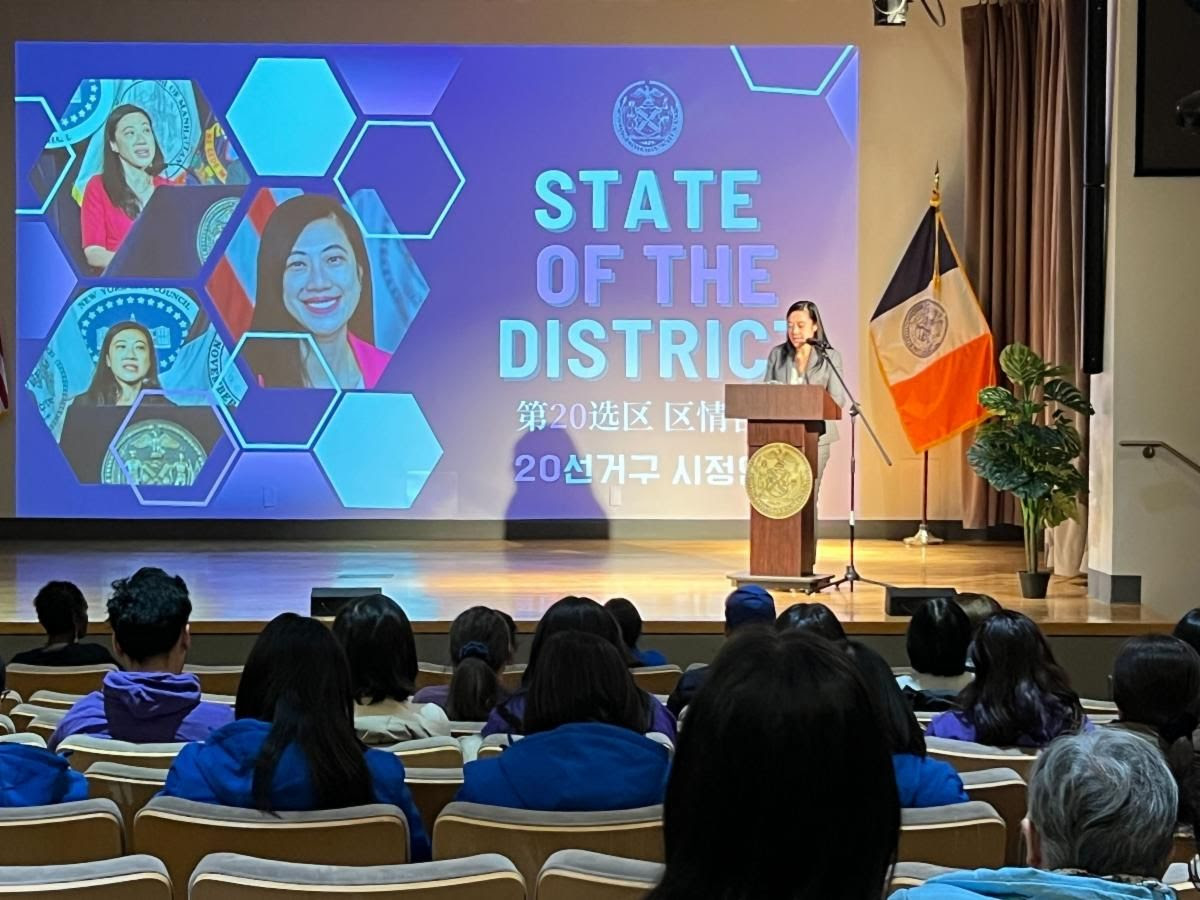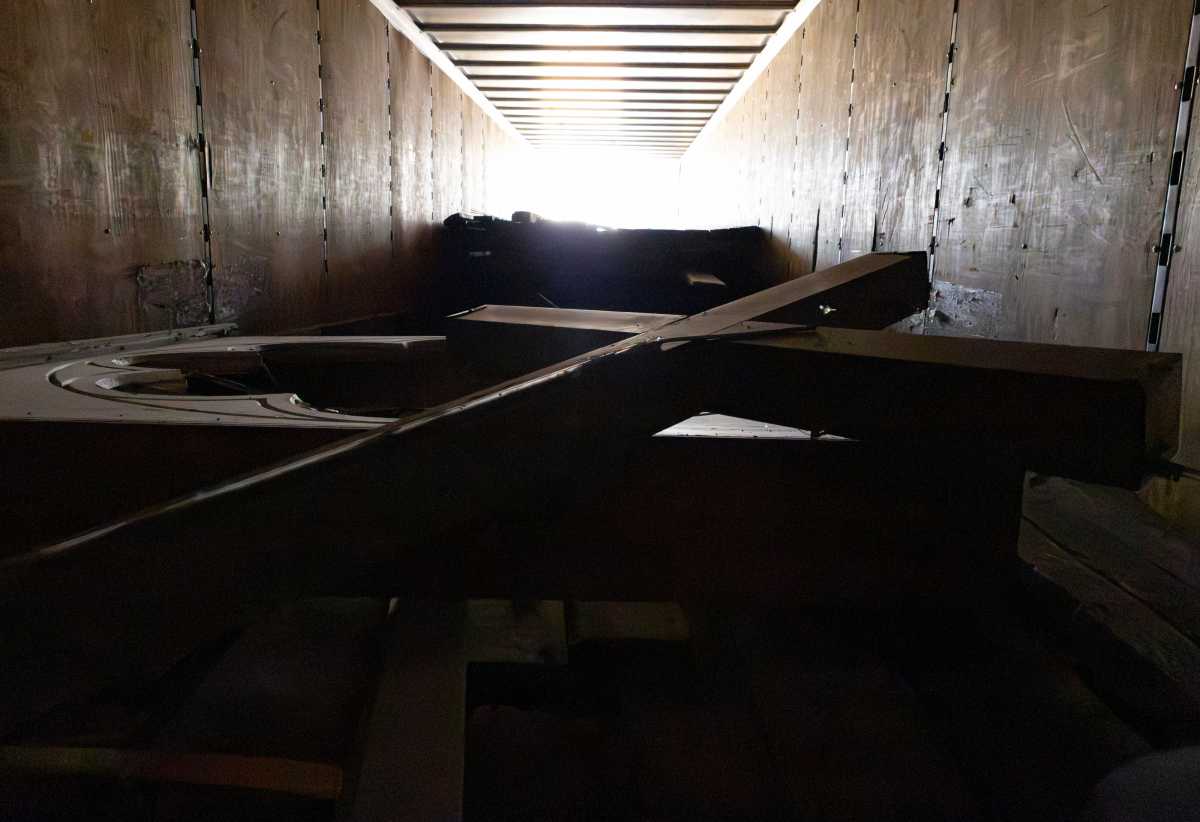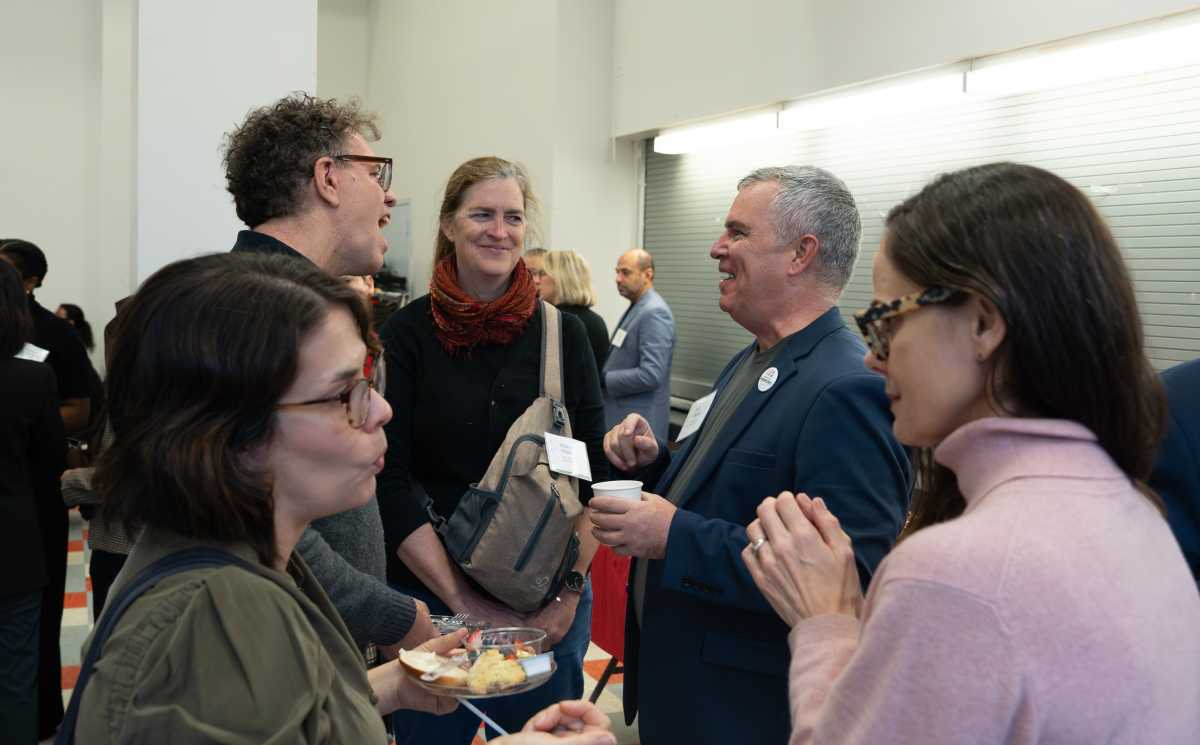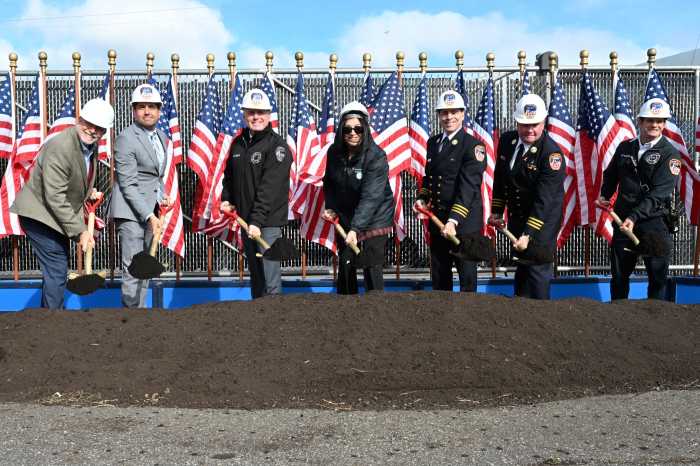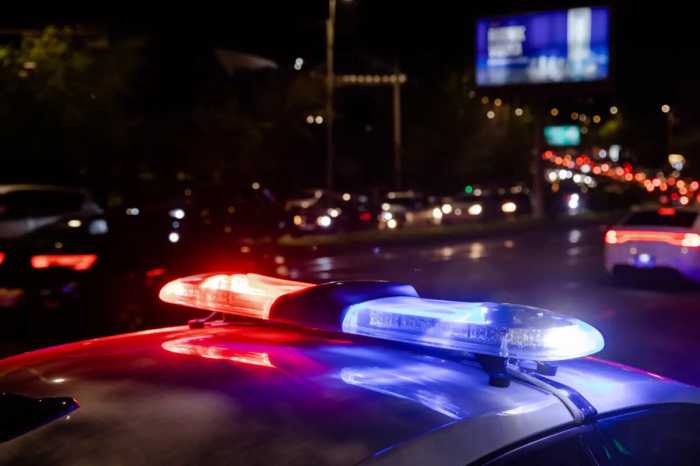Last week, the MTA finally released the results of a rail study that was commissioned over two years ago and could be the first step to possibly launch the inactive Rockaway Beach Branch in the near future.
Supporters of the what has been dubbed the “QueensLink,” which was estimated to connect residents from Howard Beach to the LIRR and the main New York City Transit system are excited about a potential rail that could take 47,000 daily subway riders in the Rockaways and southern Queens to Manhattan, and potentially John F. Kennedy International Airport.
“Once built, QueensLink will be a tremendous public asset,” said Rick Horan, the executive director of the Coalition for QueensRail, the supporters of the rail line. “It will dramatically reduce commute time for people living in a “transportation desert” by bringing lower-income and working-class communities closer to education, employment, recreation and affordable housing.”
To rebuild the 3.6-mile line and connect it to the LIRR for 25-minute rides into the city is $6.7 billion, according to the MTA.
A connection to a new subway line that will connect it to the New York City Transit system would bring the cost to $9 billion, according to the study. The proposed subway line is a 45-minute ride into the city.
“Reactivating RBB as an extension of the subway opens-up new connections and new opportunities for thousands of New Yorkers currently faced with long, downtown Manhattan-only commutes,” said Horan. “Southern Queens commuters face some of the longest commutes in the entire nation. For the sake of transit equity, we must try harder to find affordable solutions.”
Horan believes that the project means less congestion, safer roads, fewer pedestrian and bicyclist deaths and less pollution.
“New York City cannot combat climate change or reduce our dependence on cars without extending transit deeper into the outer boroughs,” added Horan. “QueensLink will also take the pressure off other parts of the subway system. For instance, riders traveling between south and central Queens will be able to avoid Manhattan entirely, thereby reducing subway crowding for Brooklyn and Manhattan straphangers.”
To connect JFK International Airport to the RBB is an additional $10 billion, according to the MTA.
“The release of this study represents the first major step towards reconnecting south Queens with the rest of the borough and city,” said Horan. “QueensLink and other projects like it will never be realized without transparent transit agencies, vision from elected officials, and a willingness to consider much more efficient ways of building them, at a fraction of what it would cost a government entity to build.”



